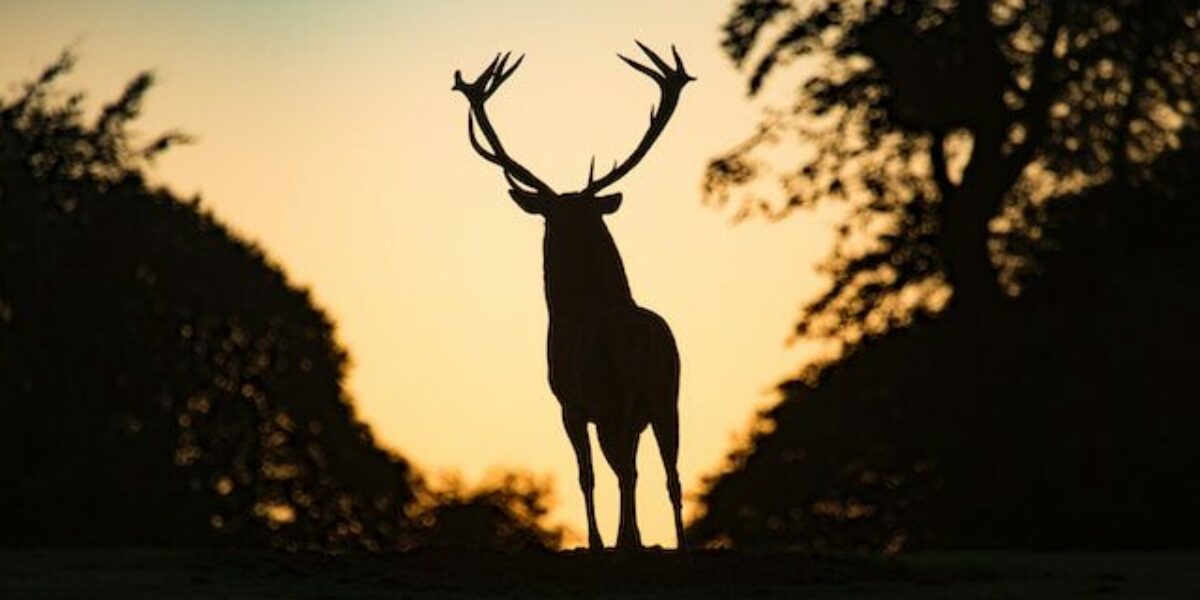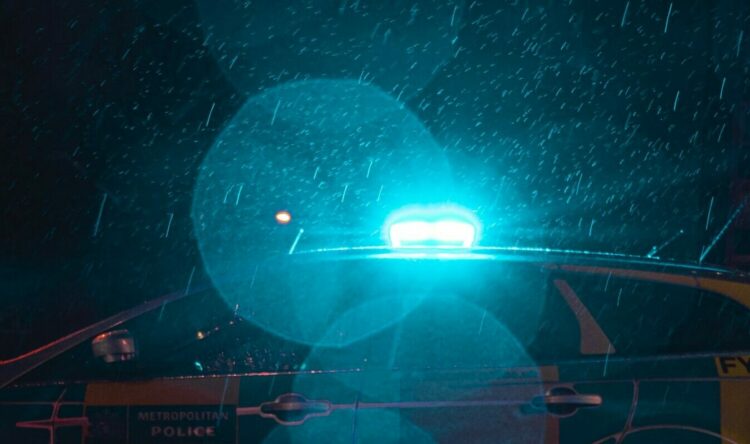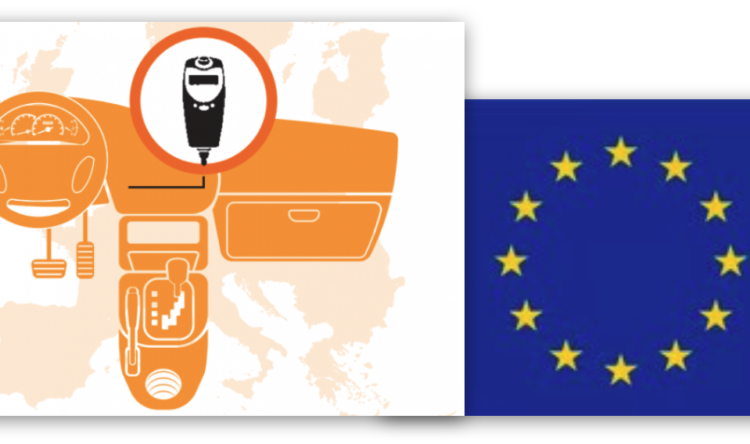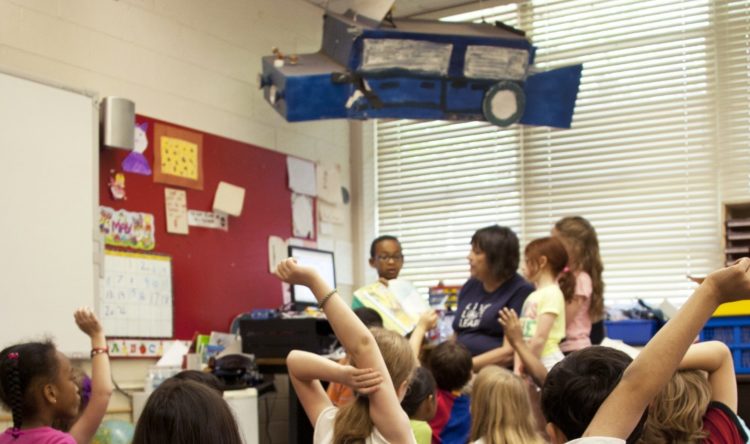Dear oh deer
Animal mating season gets underway with tragic consequences
Sex is behind everything it seems, and that goes for road safety too.
With certain wildlife mating season kicking into gear, it can spell danger on the roads.
Eyes wide
Drivers should be on the lookout for deer on the roads in coming weeks.
As the nights close in and the mating season gets under way, the beautiful animals can get a bit unpredictably excited.
Breakdown organisation GEM Motoring Assist is warning drivers to be particularly cautious on road journeys at dawn and dusk. These are the times when deer are most active.
Deer are more mobile than usual during October, especially with male deer chasing females across roads and increasing the risk of collisions.
The toll
Estimates from the RSPCA indicate that up to 74,000 deer are killed each year in road collisions. The annual human death toll from deer collisions is between 10 and 20, not to mention around 450 serious injuries.
Vehicles pay a price too. Repair bills from deer collisions is estimated at more than £17 million.
“Woodland, parkland and hillside areas present the highest risks of a deer strike,” says GEM chief executive Neil Worth. “You should expect to encounter deer on any suburban or rural road.”
“We endorse the advice provided by the British Deer Society – ‘don’t veer for deer'”.
Changing your direction quickly increases the risk of colliding with another vehicle, or losing control. It is easy to find yourself missing the animal but leaving the road with potentially dangerous consequences.
“If you spot a deer or other animal on the road ahead, stay in control, reduce your speed as much as possible and steer straight.
Top tips
The deer breeding season lasts until early November. The following are six simple tips for drivers to reduce the risks:
- Take note of deer warning signs. These are placed in locations where wild animal crossings are likely, so keep your speed down and be ready to encounter a deer at very short notice.
- Be particularly watchful at dawn and dusk, when deer are most active.
- Spotting one animal can mean there may be others following, so don’t speed up and assume the danger has passed.
- Remember the importance of always being able to stop – on your side of the road – in the distance you can see to be clear ahead. But also be ready to react if a deer leaps out right in front of you
- If a collision with the animal seems inevitable, then the safest option is to strike it while maintaining full control of your car. Always look out for traffic behind you. If you need to stop then use your hazard lights to warn other vehicles.
- If you hit a deer, or you come across an injured deer, stop somewhere safe and report the collision to the police, who can organise professional veterinary assistance







